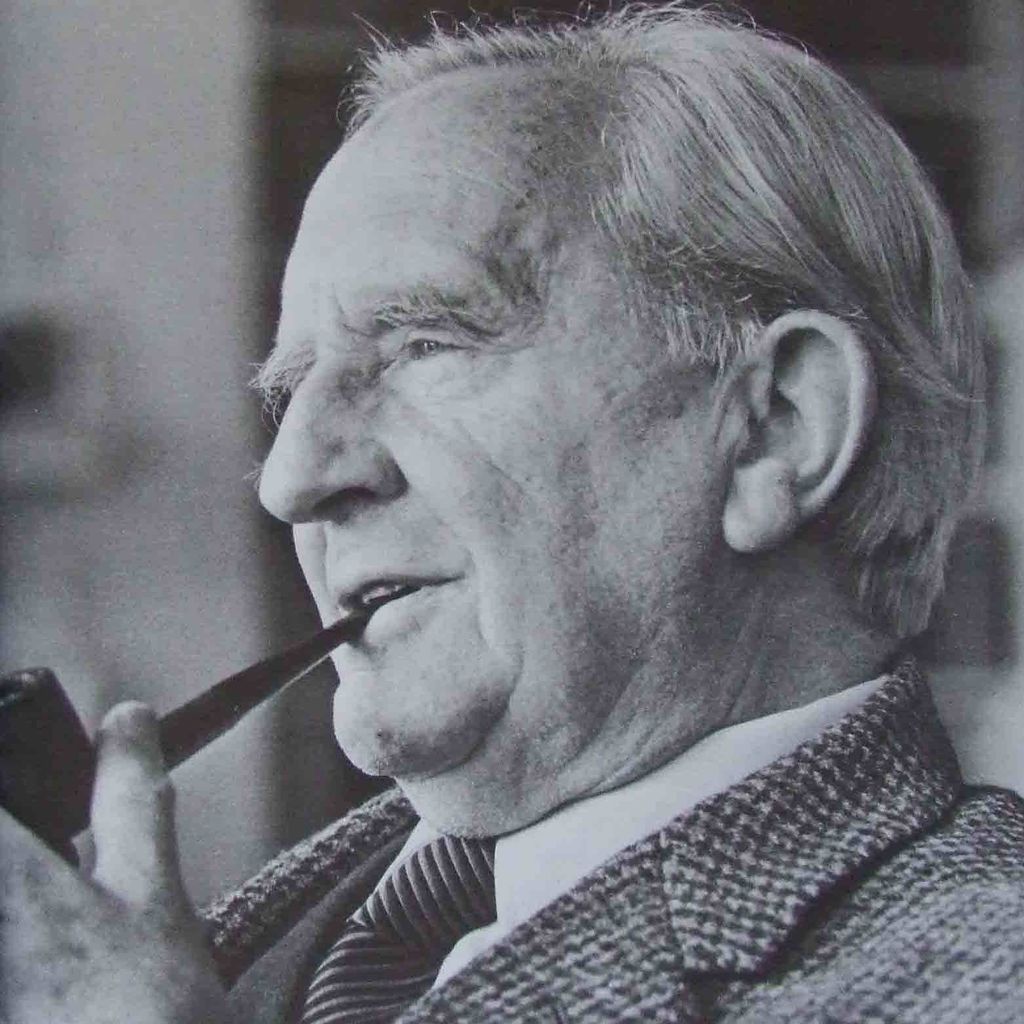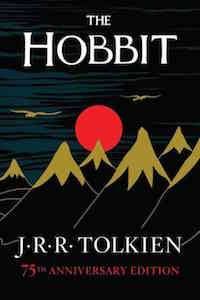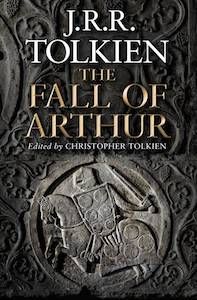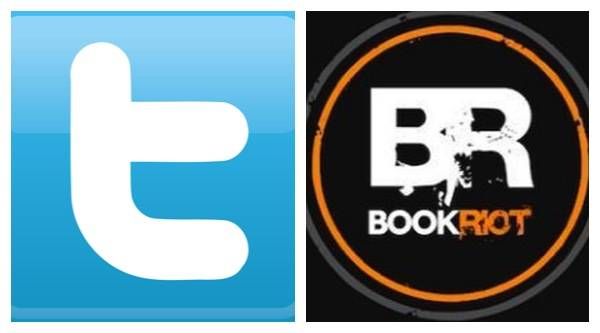
Reading Pathway: J.R.R. Tolkien (Beyond LOTR)
John Ronald Reuel Tolkien (1892-1973) was one of the most beloved authors of the twentieth century and is widely considered to be the father of modern fantasy literature. This is primarily because of his magnificent invention of the imagination, Middle-earth. Interest in this magical world of elves and dwarves and hobbits has renewed in the last fifteen years thanks to Peter Jackson’s big screen adaptations of The Hobbit and The Lord of the Rings trilogy.
While Middle-earth certainly dominates the public’s perception of Tolkien’s work (for good reason), he also wrote a great deal of poetry (okay, yes, some of that is also related to Middle-earth) and more than a few academic works. In addition to being an inimitably creative world-builder, Tolkien was a noted philology scholar with a deep appreciation for the Germanic languages. He also taught at Oxford (Pembroke and Merton Colleges) for a combined total of thirty-four years and left behind a legacy that continues to have a deep impact on our culture today.
I. The Hobbit

II. Beowulf: A Translation and Commentary
A number of different mythologies and Germanic stories inspired Tolkien’s work, but few more so than Beowulf. Its influence can be seen throughout the Middle-earth legendarium, with certain concepts and character archetypes lifted directly from the poem. One example is Beorn, the giant shape-changer from The Hobbit, who is almost certainly based on Beowulf himself. It has been noted that Grendel and Gollum have many similarities as well.
A careful reading of Beowulf is very helpful in understanding the literary mind of Tolkien. Luckily for today’s readers, Tolkien’s own prosaic translation of the epic poem was published last year. Tolkien completed the translation in 1926, but it has not seen the light of day until recently. In addition to the translation, the book includes over two hundred pages of commentary, which formed the basis of a lecture Tolkien gave in 1936 entitled, “Beowulf: The Monsters and the Critics.” This lecture had a significant influence on future Beowulf scholarship.
III. The Fall of Arthur

These three books will give you a broad introduction to Tolkien’s work and a basic understanding of how the old Germanic tales impacted Tolkien’s imagination and the creation of Middle-earth. Of course, you should also read The Lord of the Rings. And if you want to delve deeper into the inner life of the author himself, I recommend reading his letters and a good biography, such as the one by Humphrey Carpenter.
____________________
Follow us on Twitter for more bookish goodness!









